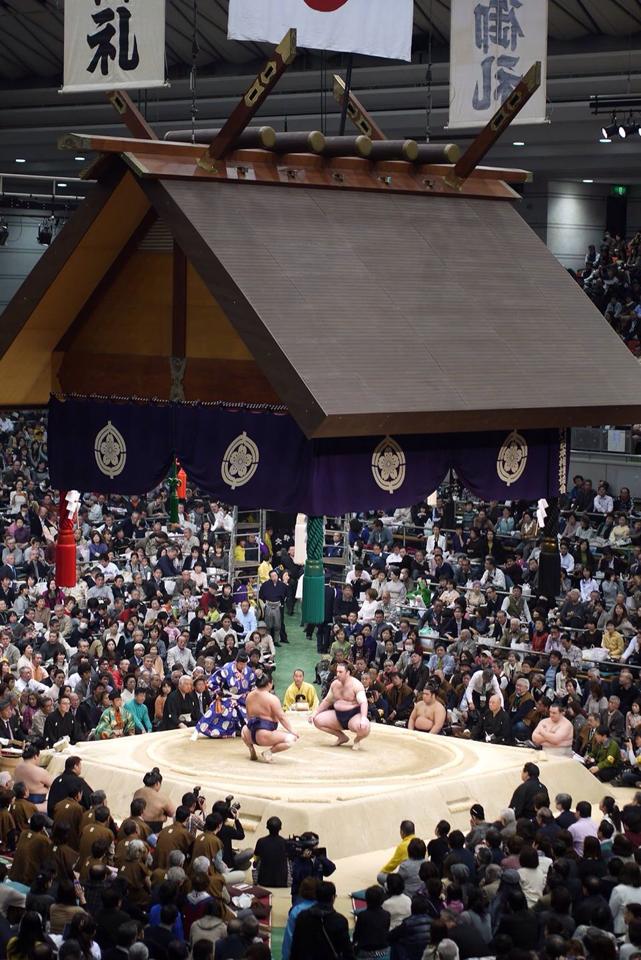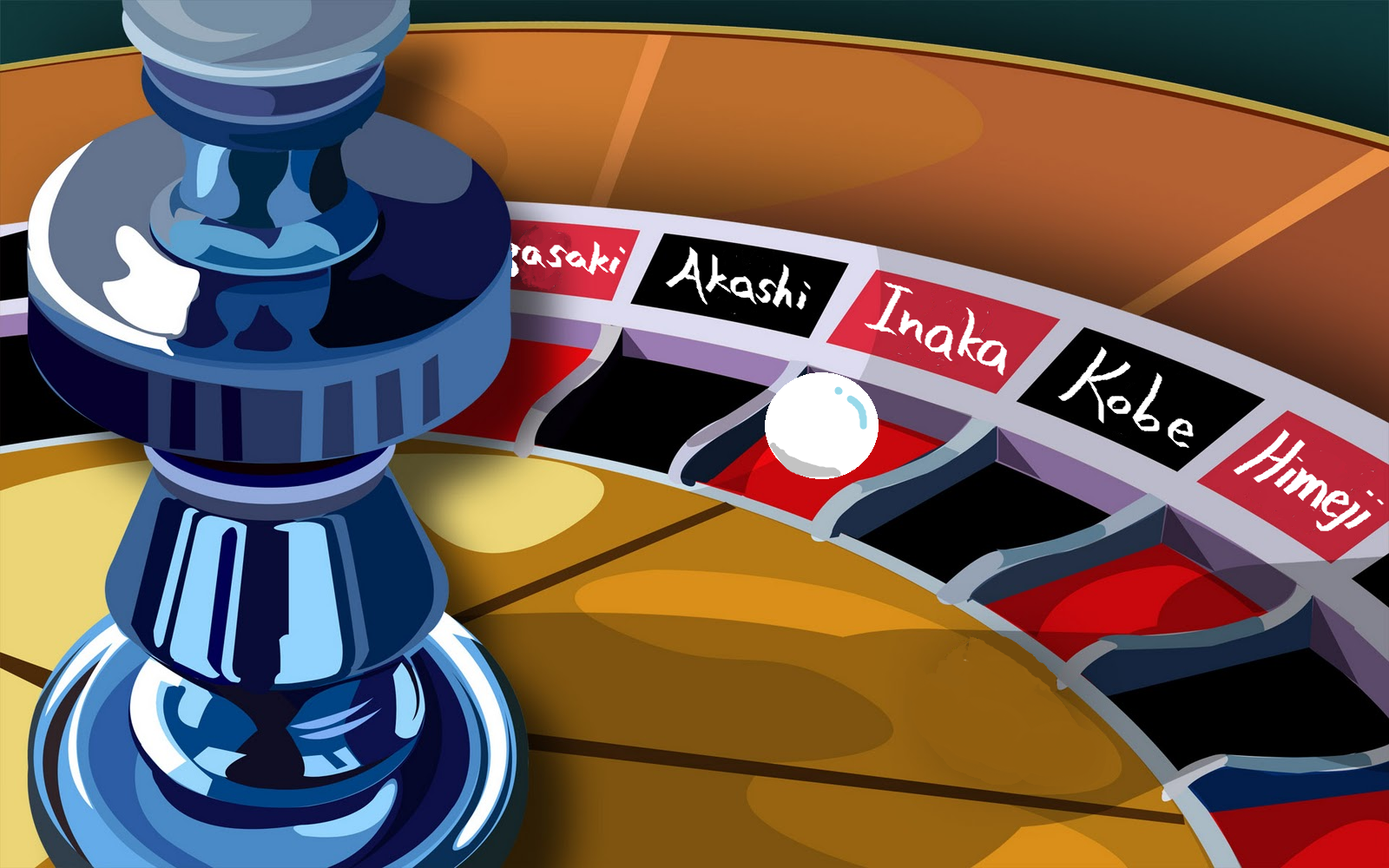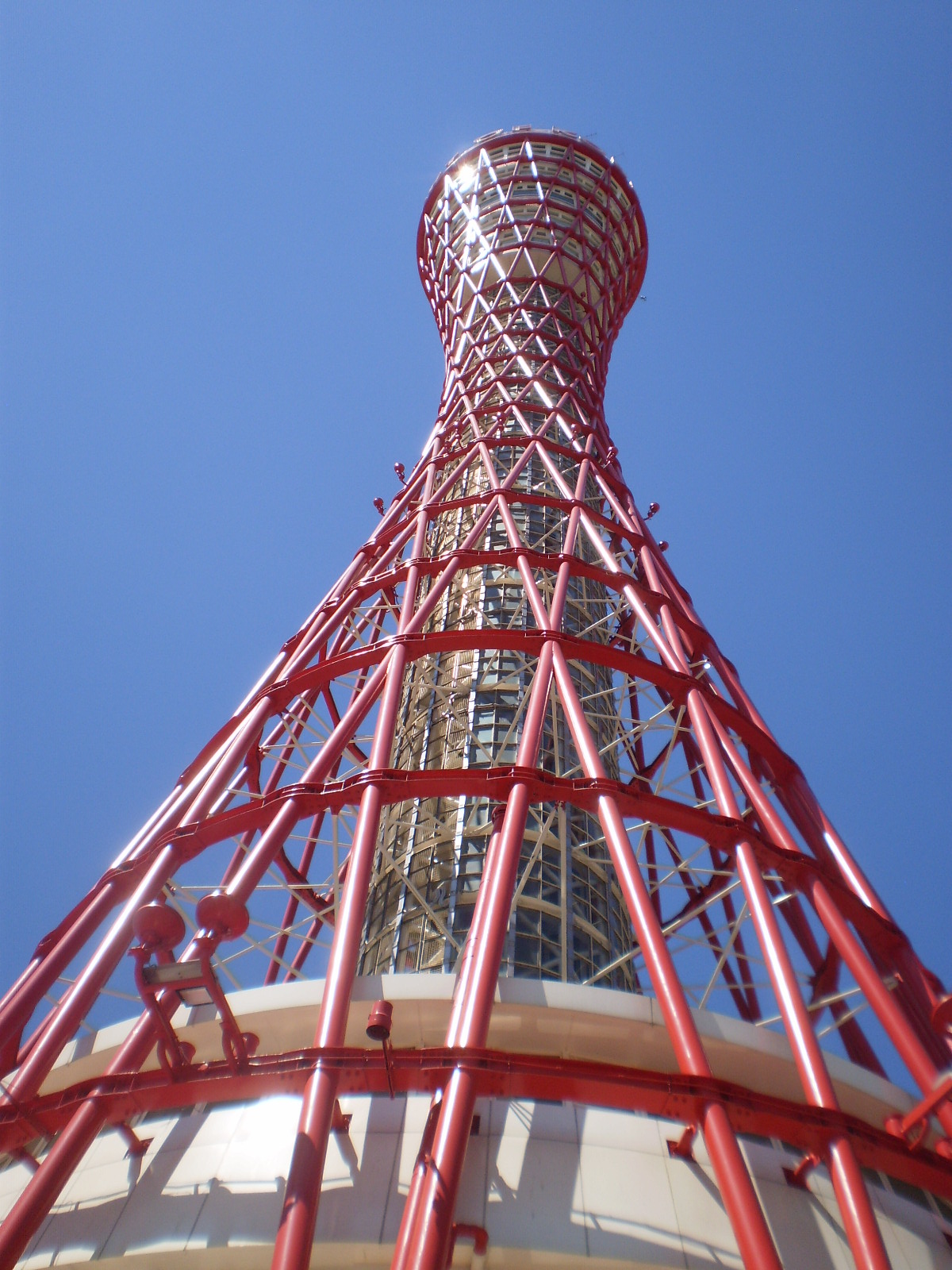Kagawa Prefecture: A New and Very Different Land of Enchantment
Hey there!I’m Julia Mace from the Land of Enchantment (that’s New Mexico in the United States). I was a JET for five years in Mitoyo, Kagawa and now I’m independently contracted with my BOE as a full-on instructor. I teach at one Junior High School, two Elementary Schools, several Kindergartens, and one intermediate level English Classroom for adults. I also work regularly with the Mitoyo International Exchange Association, one of the most active on Shikoku and one that I’m very proud to be a part of.
Why did you apply for the JET program or come to teach in Japan?
I applied to the JET Programme because I wasn’t satisfied with my career path in the US. I could clearly see where my future was leading and I wasn’t excited about it, so I decided to take a leap and join the JET Programme. I had studied Japanese language and history in college and had some experience teaching, so it seemed like a good fit. I’d never been to Japan before, but I wasn’t at all worried about moving to a foreign country. I knew that no matter what I encountered I would give it my best every day and figure out how to make it work for as long as possible. I’ve done just that and now I have a wonderful life here in my community.
How did you end up in your prefecture? Was it a preference of yours?
I originally requested Aomori or Hokkaido. I have never lived in a snowy place and I wanted to try it, but I was placed in Kagawa on the island of Shikoku instead. Even though it’s pretty warm here and only snows once a year, it was still a big climate-shock. New Mexico is a desert and Kagawa’s humidity was a big adjustment. It all started with walking off that plane in Tokyo into a wall of humidity and now after five years I think I might have the hang of surviving the Japanese summer… maybe.
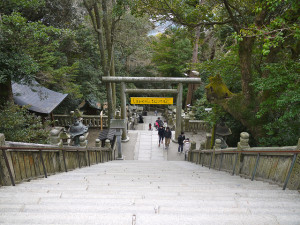
What has been your favorite memory in your prefecture so far?
I have so many good memories, but I will only tell you about the first time I attended the festival at Kotohira-gu (also known as Konpira-san), famous for its 1368 stone steps. Once a year in October, the goddess of the sea is carried down the mountain in her ornate mikoshi. My fellow JET and I, and our respective Japanese moms went to the town for the festival. We climbed up hundreds of stone steps past closed shops and dark stone lanterns to the highest point on the mountain where non-members of the procession were allowed to stand. It was almost completely dark with only a few small lights here and there. Most of the illumination came from torch-bearers in white costumes who were closely followed by water-bearers who quickly extinguished any stray embers. We chatted with fellow loiterers and waited for what seemed like a long time. Slowly we became aware of a strange sound. It seemed to flow down the mountain like a breath of wind in the dark. The single beat of a drum somewhere above signaled the start of the festival.
We stood by in awed silence as line after line of people walked by in slow solemnity. Priests and priestesses carried blessed branches, attendants carried treasure boxes, umbrellas and weapons, all of them wearing amazing costumes. The ethereal sounds drew closer and we slowly became aware that what we were hearing was music. Lines of musicians playing flutes I’d never seen before were accompanied by drums in a slow, ghostly march with no discernable melody. Finally, the mikoshi appeared that carried the goddess. It was carried on the backs of an undulating mass of yellow-robed men who were already staring under the weight as they carried the goddess down the 1368 steps. They flowed slowly and carefully down each flight of stairs, trailed by long ropes attended by more yellow-robed men.
My friend and I stared in wonder, only to be awoken by our Japanese moms who pulled us into the procession. We followed the rows of bearers and soon caught up with the mikoshi itself. We overtook it easily, dodging between the hard-working members of the procession, the narrow walls of the shop-lined mountain path, and the other onlookers. At one point I stopped on the edge of stairs and looked up. The full moon was hanging in the starless sky watching the parade with silent fascination. This festival remains my favorite in all of Japan and the memory of my first attendance is one of my most treasured memories.
What are your “Must Do’s†for visiting JETs?
For JETs visiting Kagawa I would recommend three different “Must Do’sâ€:
- Naoshima. Naoshima is the famed art island that is only a short ferry ride from Takamatsu. It has amazing contemporary art installations, local galleries and more cats than you can hope to pet in a day. They even have a set of Monet’s water lilies and whole houses that have been converted into works of art.
- Zentsu-ji. Zentsu-ji is the birthplace of Kobo Daishi / Kukai, one of the most important figures in Japanese Buddhism. This temple is not only a great place to see and experience Buddhism, it also has an underground tunnel through perfect darkness to a small meditation chamber that symbolizes the journey to enlightenment.
- Awashima. Awashima is a small island in my town, Mitoyo. In the summer-time the beaches are home to sea fireflies, small phosphorescent algae that glow blue when they are moved by the waves or by your hands. When you swim with the fireflies you feel like you are swimming in an ocean of stars.
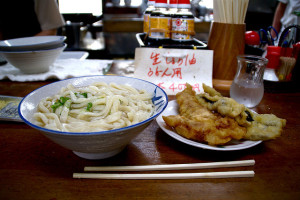
What do you feel is unique to your prefecture, something JETs can’t find anywhere else?
It might sound obvious, but the thing that Kagawa has that just can’t be duplicated is our udon. You may think that you’ve had udon before, but you are sadly mistaken. Was it Thai green curryudon made with noodles stomped fresh that morning? Was it anko-iriozoniudon made with all locally grown ingredients? Udon is popular here not just because it’s part of the culture, but because it is genuinely the best in the world.
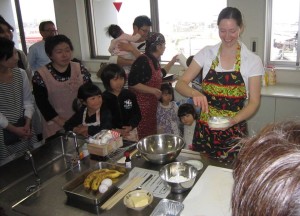 Anything else you want to add?
Anything else you want to add?
Don’t just stay in the city. Hop on a train, bus, bike or boat and get out into the real Kagawa. Make use of social connections and meet up with the JETs for inside information on where to go, how to get there and what to do when you’re there. Kagawa’s community is tightly knit and it’s easy to discover unexpected adventures if you just ask. If you need a place to crash, I’m a host on Couchsurfing. Feel free to send me a request!
Julia Mace

